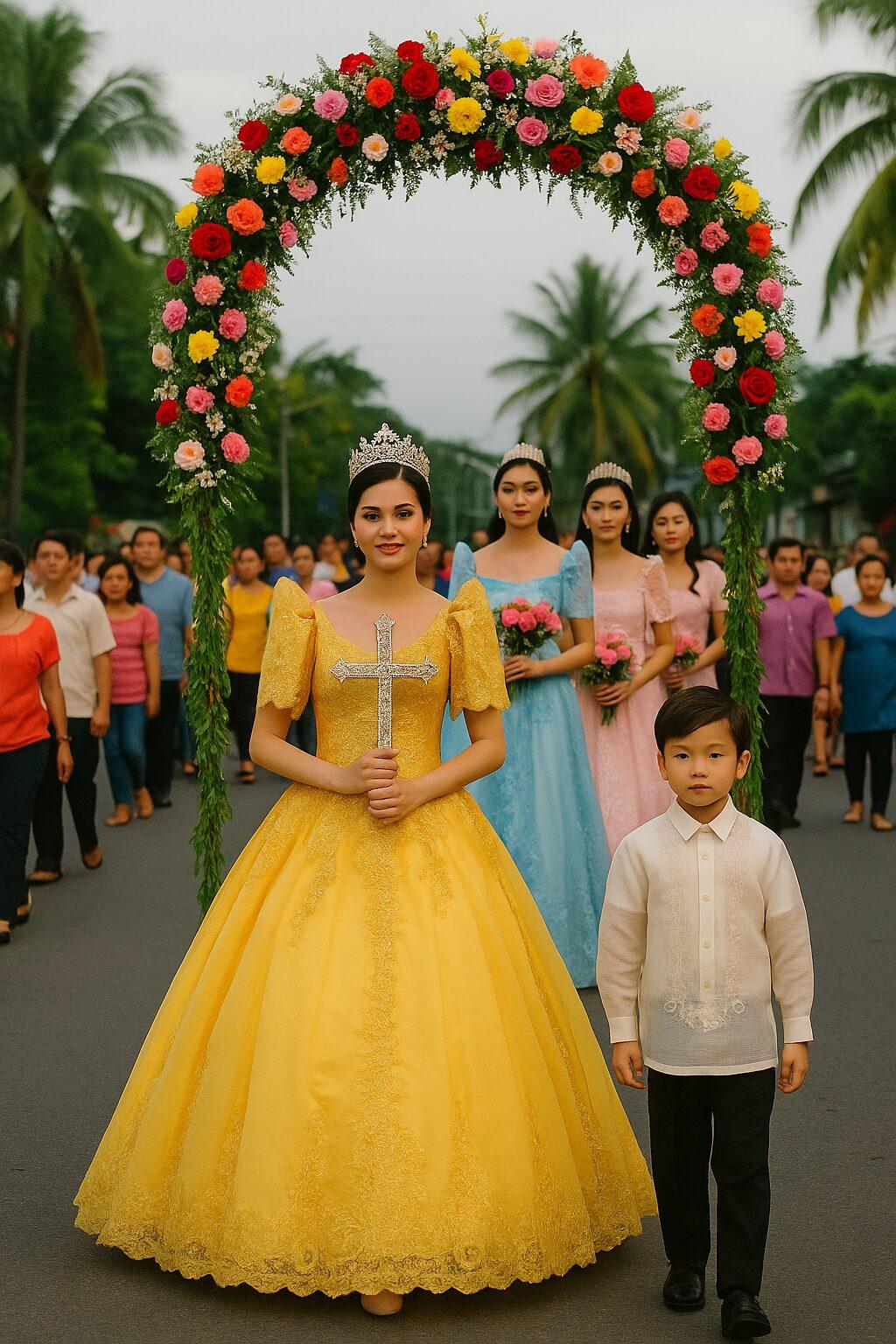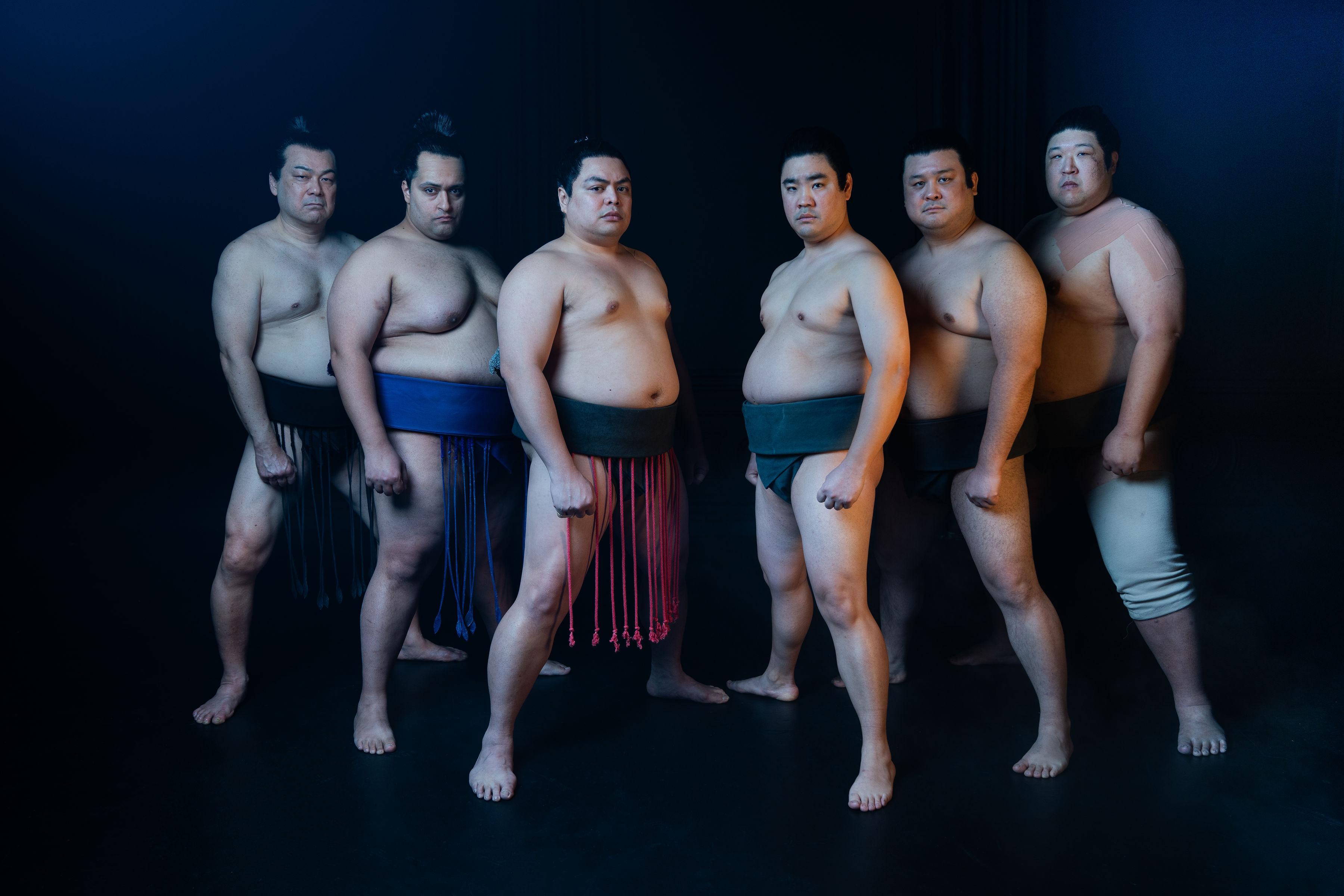Both Americans and Filipinos acknowledge their countries’ relationship is a “special one,” said Frank H. Golay in the book “The United States and the Philippines,” published by the American Assembly. Tracing back the pieces of history until the most recent issues emanating between the two countries, it is likely true. From the issues such as colonization and military agreement, today’s love-hate relationship of the two countries is hard to uproot.
By a way of example is when Philippine President Rodrigo Duterte’s threatened to cut ties with the U.S. government in the past. Latest headlines now say Duterte has changed his mind and now chooses to be friends with the American government. This otherwise complex relationship between the two countries has deeper roots. It has stood the test of time and numerous storms, and keeps on growing. Here are some distinct contributions by Filipinos that helped shaped U.S. history and society:
1) 250,000 Filipinos served under the U.S flag during the World War II
Approximately 250,000 Filipino soldiers signed up to U.S. President Franklin Roosevelt’s call-to arms in 1941. These Filipinos soldiers fought under the American flag during World War II, serving under both the U.S. Army Forces in Asia and as guerilla fighters against Imperial Japan’s occupation of the Philippines. These, all to the U.S. government’s promise of a possibility to be granted U.S. citizenship and full veteran benefits.
Although some Filipino soldiers were later granted the much-coveted U.S. citizenship, their role during WWII and the suffering of the entire Filipino nation are not mentioned in U.S. history books. Furthermore, five months after the war ended, President Truman signed the First Surplus Rescission Act in February, 1946, which deemed the service of the Filipino soldiers as not full-time, thereby disqualifying them from receiving their rightful benefits.
Today, advocates have fought the inclusion of their stories in public schools starting in California.
The Filipino veterans of WWII are also finally receiving the Congressional Gold Medal on October 25. presentation of the gold medal to recognize that “the loyal and valiant Filipino Veterans of World War II fought, suffered, and, in many instances, died in the same manner and under the same commander as other members of the United States Armed Forces during World War II.”
The medal collectively honors the more than 260,000 Filipinos who lent their efforts on behalf of the United States during WWII. Fewer than 16,000 of those soldiers are alive today.
2) Filipino-Americans contributed significantly to the American labor movement, particularly with the United Farm Workers movement in the 1960s.
Years of poor compensation and mediocre conditions paved the way for the Delano grape strike. Filipino American grape workers and members of the Agricultural Workers Organizing Committee walked out on strike against Delano-wine grape growers. Fil-Am farm workers were actually the brains behind what Cesar Chavez and Mexican farmworkers are often credited for.
The strike which lasted for more than five years lead to the signing of union contracts, which finally paved the way for granting the workers better pay and necessary benefit. Fil-Am leaders Larry Itliong and Philip Vera Cruz reached out to Chavez to help organize the union. Historians credit Dolores Huerta, one of the many activists for being the first to start the strike.
3) Fil-Ams have been a part of many advocacy movements throughout U.S. history.
In the late ’60s, Filipinos were at the forefront against corporate interest in the U.S. during what they call the “Radical 60s”. Take for example the campaign against the eviction of elderly tenants of the International Hotel in Manilatown area in San Francisco, which housed Asian laborers — with Filipinos being the majority of them. Inspired by Mao Zedong’s political slogan, “Serve the People,” Asian Americans invited students to participate the movement. Most of the Fil-Ams who joined the movement were children of farmworkers and WW II veterans who also participated in the Equal Opportunity Program (EOP) or went to college through special admissions for disadvantaged students. According to Estrella Habal‘s book, “San Francisco International Hotel: Mobilizing the Filipino American Community in the Anti-Eviction Movement,“ the Fil-Am community’s involvement in the anti-eviction movement gave way to the rise of a working-class consciousness, betraying the middle class dreams of their immigrant parents.
In 2015, Alvarado Middle School was renamed the Itliong-Veracruz Middle School after the Fil-Am labor leaders, thanks to the efforts of Filipino-Americans. The school was the first ever school in the U.S. to be named after a Filipino-American.
In 2016, Fil-Ams made a successful attempt to rename the South of Market (SoMa) district of San Francisco to SoMa Pilipinas, yet another historical recognition that manifests the Filipinos and U.S. relations.
4) Fil-Ams have a significant presence in the arts and in hip-hop culture.
You name it — theater, rap and entertainment — Filipinos are there!
There’s Lea Salonga who is the first Filipina to win a Tony Award, popular musicians like “High School Musical” alum Vanessa Hudgens, singer-composer Bruno Mars and Apl.de.ap of the Black Eyed Peas.
Fil-Am disk jockeys and beatmakers, including DJ Neil Armstrong, DJ Q-Bert, DJ Icy Ice, as well as b-boys and dance crews also rise to popularity. Add to this list the more recent ones — members of groups featured on “America’s Best Dance Crew” like the Jabbawockeez, Super CR3W, and Quest Crew. This has all helped shaped America’s pop culture.






